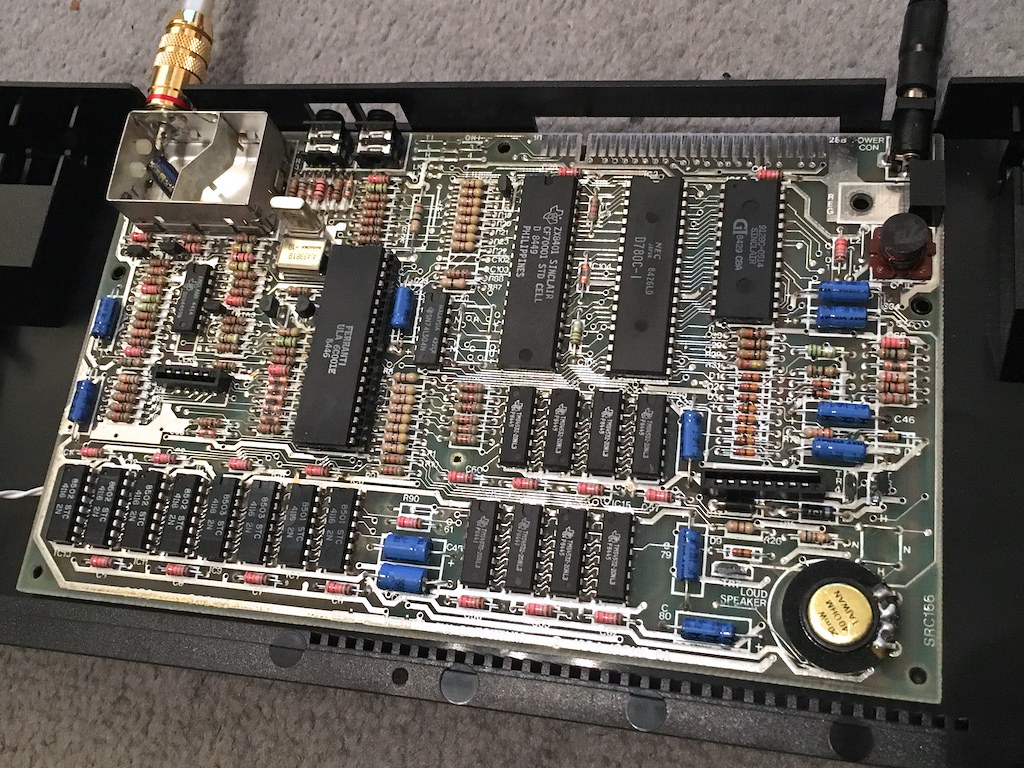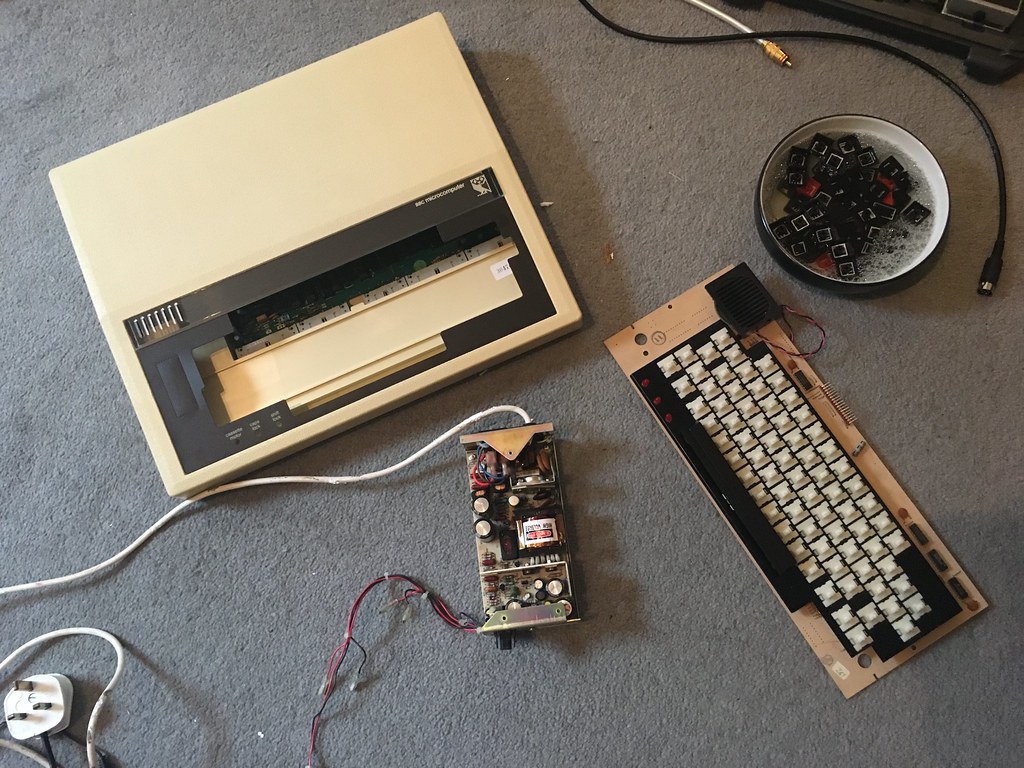Jim Audiomisc
pfm Member
FWIW I've never really had any interest in computer games. But I guess I could add a 'randomly located' UFO to see if any amateur astronomer spots it. 
FWIW I've never really had any interest in computer games. But I guess I could add a 'randomly located' UFO to see if any amateur astronomer spots it.
Not quite UFOs but you could add space objects from the NORAD catalogue (https://www.n2yo.com/database/) to help avoid confusing a satellite in MEO or GEO with a star.
The OLD command will sometimes restore programs after hitting the BREAK key. We used to assign OLD and RUN commands to the BREAK key if we didn't want people killing an application.The keyboard on the Acon Electron really is in a totally different league and a lot better than you’d find on most modern PCs. The irritation with that one is the ‘Break’ key is remarkably easy to hit by accident, which is a spectacularly dumb piece of ergonomic design as it crowbars the program out of the machine so you have to load it in from tape again!

After much thought I decided to do a couple of well documented 'upgrades' to the Spectrum...
Pacman's too difficult for me. Haven't you tried Pheenix yet?
Are those Carbon resistors? Don't know if it could be a problem but I know they can drift in value of time.
PS I know next to nothing about the Oric, will watch the video later.
I used BBC Bs to capture data from a '60s vintage X-Ray diffractometer and X-ray Fluorescence machines in the late '80s.
It was really easily interfaced with scientific gadgets.
Stephen
Our kit was built in-house by the wonderful electronics technical staff and then controlled by a Sirius/Victors running UCSD P system followed by Mac IIs. Most of the technical base in the universities is long gone now


The Beeb turned up safe and sound. It boots ok, so I’ve stripped it down for cleaning and recapping the three dodgy caps in the PSU. It is a nice early one with the rough textured case with large vent at the back and early logo. It was fitted with an ATPL Sideways ROM board populated with quite a few things. I’ve taken this out for the time being and returned it to stock spec as I’ve no interest in that aspect to be honest, I just want a standard machine and I’ll add an SD card interface for software, but nice to have nonetheless. The whole thing was absolutely bloody filthy, but is otherwise in really nice condition with no scratches, dings or dents. Colour-wise it is pretty good, nowhere near as yellow as many, the pic above highlights that the area covered by the keyboard is still about the same colour as the top-case, so very minimal UV ageing. It is cleaning up very well, though it took me well over an hour just to clean the mains lead (its filthy in the pic above, looks like new now)! Recapping the PSU is the next step...
